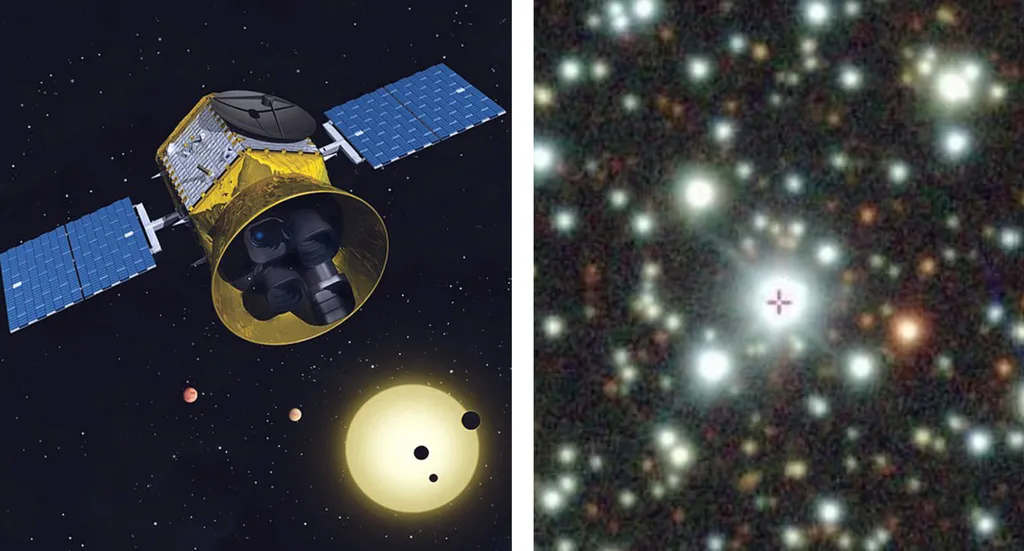In the realm of astrophysics, a team of researchers led by Donglin Wu from the University of Hong Kong, along with colleagues from institutions like the University of Oxford, the University of Sydney, and the Max Planck Institute for Radio Astronomy, has made significant strides in understanding the properties of dust formed in binary star systems. Their work, published in the Astrophysical Journal, focuses on the Wolf-Rayet binary system WR 112, shedding light on the grain size distribution of dust in such environments.
The team utilized observations from the Atacama Large Millimeter/submillimeter Array (ALMA) and the James Webb Space Telescope (JWST) to analyze the spectral energy distribution (SED) of WR 112. This marks the first time millimeter observations have been capable of resolving dust emission in a WC binary system. The SEDs they analyzed were consistent with emissions from hydrogen-poor amorphous carbon grains, a finding that aligns with previous studies.
One of the most notable discoveries was that the majority of grains in the WR 112 system have radii below one micrometer, with extended dust structures dominated by nanometer-sized grains. The researchers tested four different parameterizations of the grain radius distribution and found that a bimodal distribution best reproduced the observed SED. This distribution includes a significant population of nanometer-sized grains and a secondary population of 0.1-micron grains. This bimodal distribution helps reconcile previously conflicting grain size estimates for WR 112 and other WC systems.
The researchers hypothesize that dust destruction mechanisms, such as radiative torque disruption and radiative-driven sublimation, are responsible for driving the system to this bimodal grain size distribution. Understanding these mechanisms is crucial for comprehending the lifecycle of dust in the universe, which has implications for the energy sector, particularly in the study of stellar evolution and the formation of planetary systems.
While this research is primarily astrophysical, it has broader implications for the energy industry. The study of dust grain size distribution and its behavior under different conditions can provide insights into the properties of carbon-based materials, which are relevant to various energy technologies, including carbon capture and storage, and the development of advanced materials for energy applications. Additionally, understanding the lifecycle of dust can offer valuable information for space-based solar power systems, which rely on the efficient collection and transmission of solar energy.
In summary, the work of Donglin Wu and his team represents a significant advancement in our understanding of dust formation and behavior in binary star systems. Their findings not only contribute to the field of astrophysics but also hold potential practical applications for the energy sector, particularly in the development of carbon-based technologies and space-based energy systems. The research was published in the Astrophysical Journal, a prestigious journal known for its rigorous peer-review process and high standards of scientific excellence.
This article is based on research available at arXiv.

